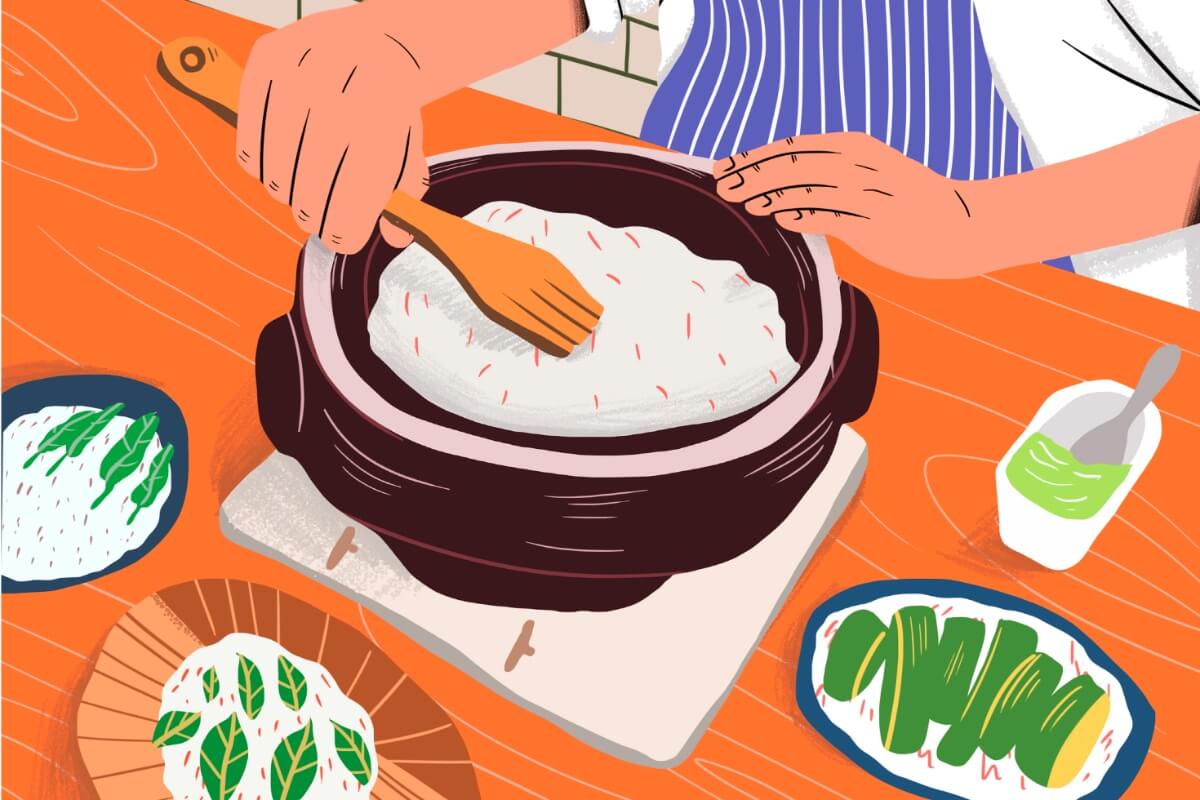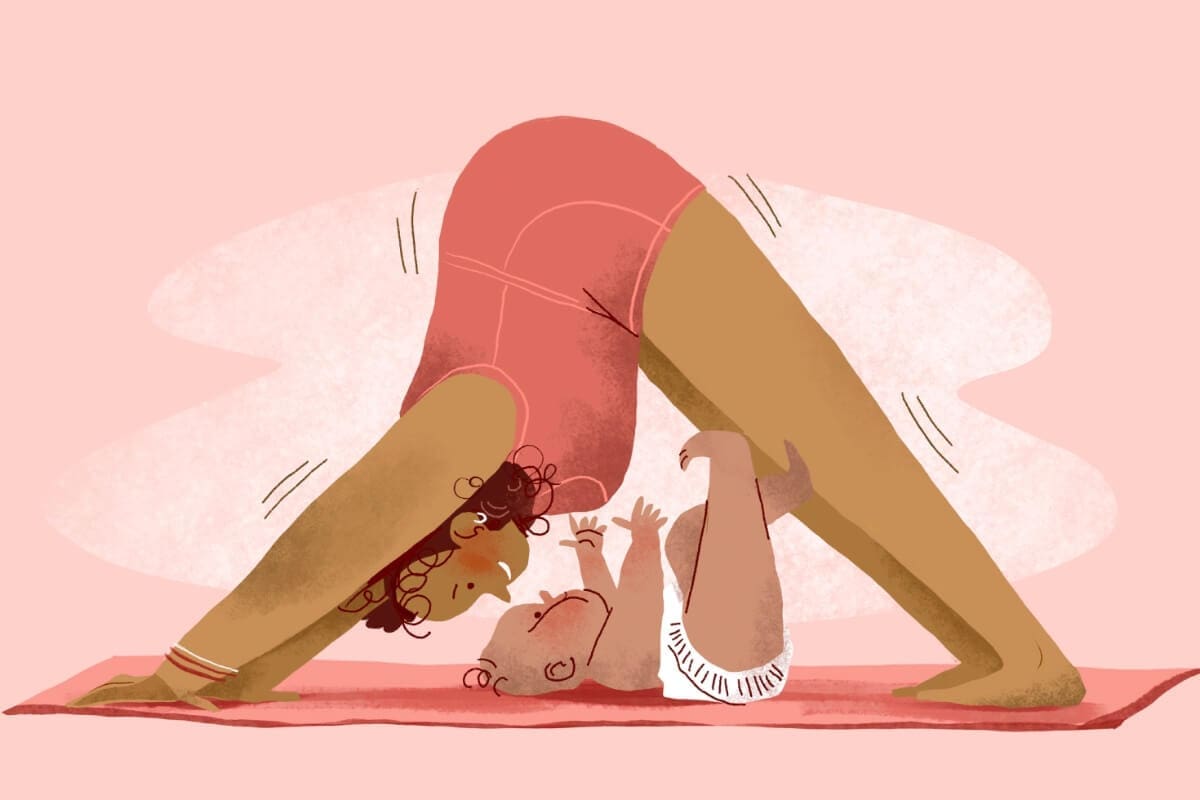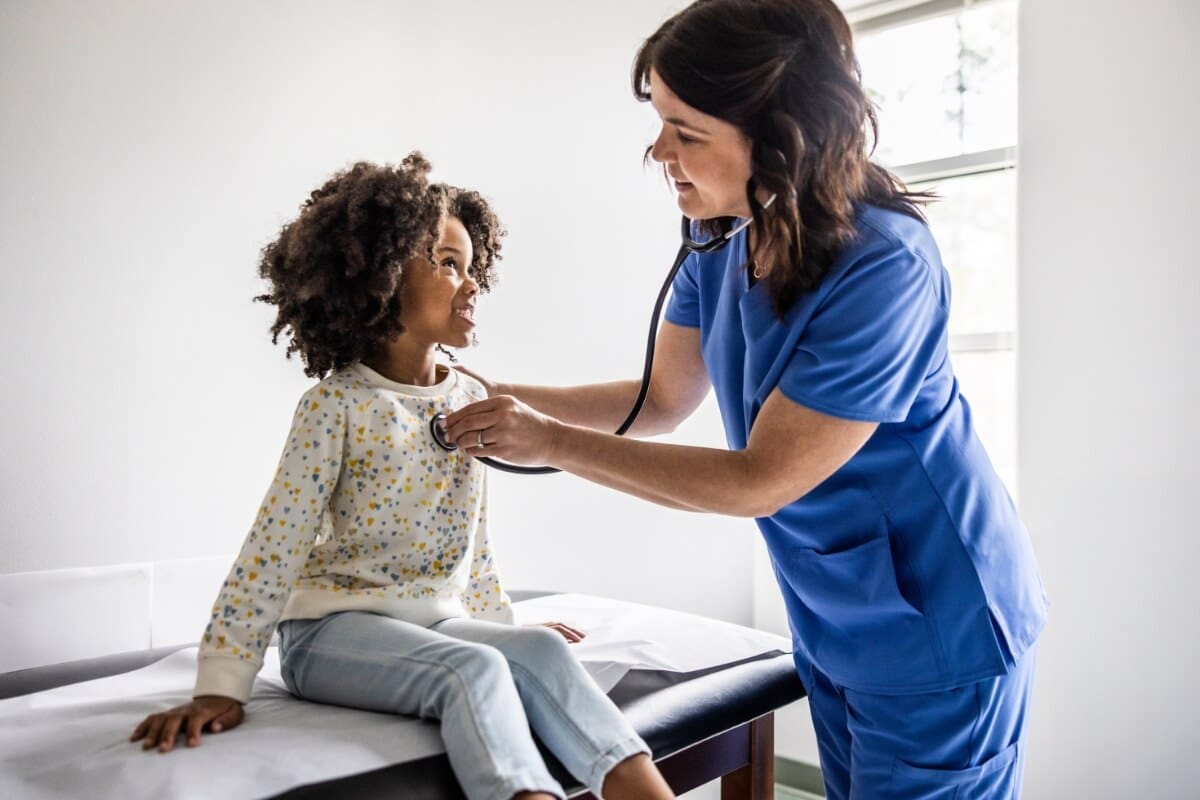
There comes a time in every parent’s life when their child needs medicine. It can be a confusing, scary time. But communicating with your family doctor and pharmacist, asking the right questions, and educating yourself as much as possible can help the medicine go down much easier.
Path to improved health
Your child’s doctor and your pharmacist can answer questions about prescription and over-the-counter (OTC) medicines. (OTC medicines can be bought without a prescription from your doctor.)
Here are some things you should learn about each of the medicines that your child takes by mouth (oral medicines):
- The name
- What it is for
- How much to give your child
- What measuring device to use
- The number of times a day the medicine should be given
- When the medicine should be given
- Whether it can be given with food
- How long the medicine should be given
- How you will know it is working
- The most common and important side effects
When your doctor prescribes a medicine, or when you ask about giving your child an OTC medicine, be sure to tell your doctor any other medicines your child is taking. You should also let the doctor know if your child has any drug allergies. Don’t be afraid to tell the doctor if the medicine costs too much. They may be able to help you find a less expensive alternative.
The pharmacist should tell you when and how to give your child the medicine. They can also answer any questions you have. For liquid medicines, the pharmacist should give you a measuring device and show you the right way to use it.
What should I do if my child won’t take medicine?
There are many things you can do to make medicine taste better to your child. Put liquid medicines in the refrigerator before giving them to your child. If your child will not take a medicine because of the taste, it may be okay to mix the medicine with a small amount of liquid (like juice) or soft food (like pudding). Ask your doctor or pharmacist to see if this is okay. Some pharmacies have flavorings they can mix with liquid medicine before you take it home.
If you child still doesn’t tolerate the taste, you can try mixing it with other syrups (chocolate, strawberry, caramel, honey, etc.) or whipped cream. You can also try to place the medicine into side and back of the cheek to minimize how much medicine touches the taste buds on the tongue.
You should also explain to your child how medicine can help them stay healthy or feel better.
How can I safely store medicines?
Store all medicines up and away, out of reach and sight of young children. Keeping medicines in a cool, dry place will help prevent them from becoming less effective before their expiration dates. Do not store medicines in bathrooms or bathroom cabinets, which are often hot and humid.
Things to consider
When you get a new prescription, ask your doctor or pharmacist for a medicine information sheet. It will tell you about the medicine. Be sure you only give the prescribed or recommended dose of each medicine. Sometimes people think, “If a little medicine is good, a lot is better (or will work quicker).” This is wrong. Giving too much medicine can be harmful.
Use a special measuring device for liquid medicine to get the correct dose. Ask your pharmacist for a spoon, cup, or syringe that lists both teaspoons (tsp) and milliliters (mL). An ordinary kitchen teaspoon will not hold the right amount of medicine. If you use a syringe to give liquid medicine to your child, first throw away the small cap of the syringe. Children can choke on these caps.
When the drug facts label on the medicine says to give it “every 6 hours,” that generally means the medicine is taken 4 times a day (for example, at breakfast, lunch, supper, and bedtime). It doesn’t always mean you have to wake the child up in the night to take medicine. “Take every 8 hours” generally means the medicine should be taken 3 times a day.
Even when your child begins to feel better, continue to give as much medicine as the doctor prescribed. If you are giving your child an OTC medicine, it is usually okay to stop when your child feels better.
Ask your doctor to include on the prescription label what the medicine is for. This helps the pharmacist double-check the prescription.
Children should not be allowed to play with medicine bottles, even when they are empty.
If your child has a bad reaction or is allergic to a medicine, tell your doctor right away. This is important medical information. You should also keep a record of the following information at home: the name of the medicine, the dosage directions, why your child is taking the medicine, and any side effects the medicine caused. If your child has any problems after taking a medicine, call your doctor or the pharmacist right away.
Questions to ask your doctor
- What does this medicine do for my child’s illness?
- Are there any side effects?
- How much/How often should I give my child the medicine?
- What do I do if my child has a bad reaction to the medicine?
- Is it okay to stop giving my child the medicine once they feel better?
Resources
![]()
Copyright © American Academy of Family Physicians
This information provides a general overview and may not apply to everyone. Talk to your family doctor to find out if this information applies to you and to get more information on this subject.










